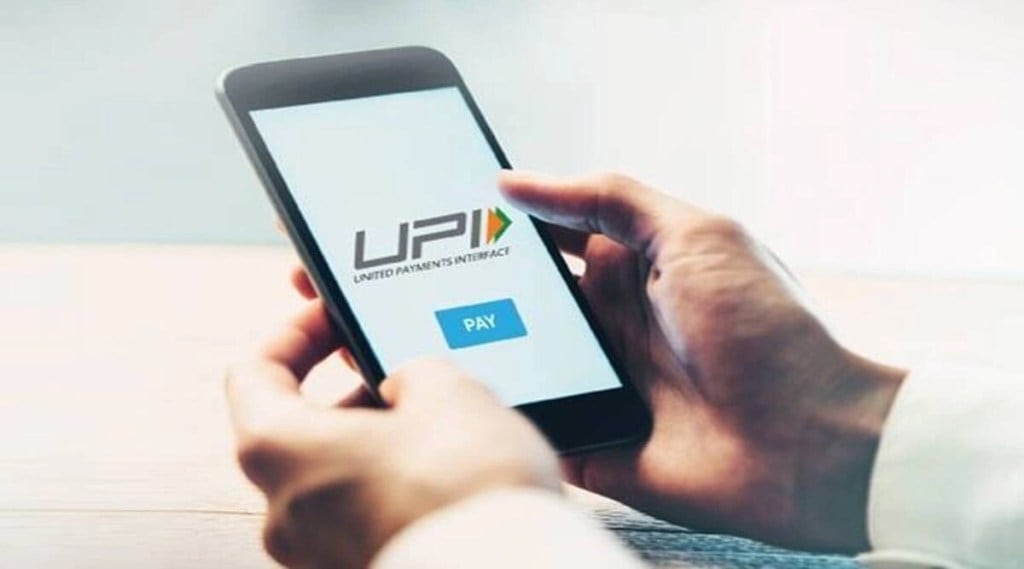The Reserve Bank of India (RBI) on Wednesday allowed all inbound travellers from G20 countries to access Unified Payment Interface (UPI) for their person-to-merchant payments (P2M). This will be allowed for G20 travellers arriving at select airports. Shashank Didmishe takes a look at the move and how it will impact UPI’s reach
How UPI for overseas travellers will work
Banks will issue prepaid payment instruments (PPIs) in rupees to foreign nationals. The PPIs can be issued in the form of wallets linked to UPI and can be used for merchant payments (P2M) only. Such PPIs can also be issued in co-branding arrangement with entities authorised to deal in foreign exchange under the Foreign Exchange Management Act (Fema).
The PPIs can be issued after physical verification of the traveller’s passport and visa at the point of issue. Issuers — including banks and NBFCs — must maintain the information provided. Banks can reload the PPIs against receipt of forex by cash or any other payment method. The conversion to rupee will be done only by entities authorised to deal in forex under the Fema.
Limits and conditions
RBI has mandated that the amount outstanding in such PPIs cannot exceed the limit applicable on full-KYC PPIs. As per the existing RBI norms, the amount outstanding cannot exceed `2 lakh in case of full-KYC PPI. Banks can set the limits within this ceiling, considering the risk profile of the PPI-holder and other operational risks.
The PPIs will have a minimum validity period of one year from the date of last loading. Banks need to alert the holder 45 days before the expiry of the validity through SMS or email, in the preferred language. PPIs with no financial transaction for one year are made inactive by the PPI issuer, and are to be reported to RBI separately.
The unutilised balances in the PPIs can be encashed in foreign currency or transferred ‘back to source’, in compliance with foreign exchange regulations.
Available to all?
At present, it is available to only G20 travellers —from Argentina, Australia, Brazil, Canada, China, France, Germany, India, Indonesia, Italy, Japan, South Korea, Mexico, Russia, Saudi Arabia, South Africa, Turkey, the UK, the US, and the EU—arriving at select airports. This will later be extended to all G20 travellers arriving through any entry point.
The UPI landscape
UPI recorded 8.03 billion transactions in January, as per the National Payments Corporation of India (NPCI), against 7.8 billion in December 2022. In value terms, it recorded `13 trillion in transactions in January, against `12.8 trillion in December. UPI payments are accepted in Nepal, Singapore, Bhutan, Malaysia, UAE, France, UK, Oman, and some EU nations, either through agreements between authorities or NPCI and payment players in these nations.
What is the likely impact of the move?
The scheme allowing UPI for inbound travellers is an extension of an earlier measure granting UPI access to NRIs. State Bank of India (SBI) research suggests G20 member nations account for the highest foreign tourist arrival numbers in India. In 2021, three of the top five origins for foreign tourist arrivals in India were
G20 nations.
India also assumed the presidency of the G20 on December 1, 2022, and this ends on November 30, 2022. The 43 heads of delegations — the largest ever in G20 — will be participating in the final New Delhi Summit in September next year. Each individual delegation will be likely quite large, with meetings spread over the year.
Further, with ‘Visit India Year 2023’ initiative kicked off on January 31, more than 100,000 foreign travellers are likely to visit India this year. The integration of UPI with various payment mechanisms and its readiness to onboard retail digital currency should boost the growth of the platforms.
This, experts say, offers a wider reach for UPI within India and can be a test case for expanding the offer to travellers from other nations. This will also familiarise UPI to nations where it could find acceptance in the future.

